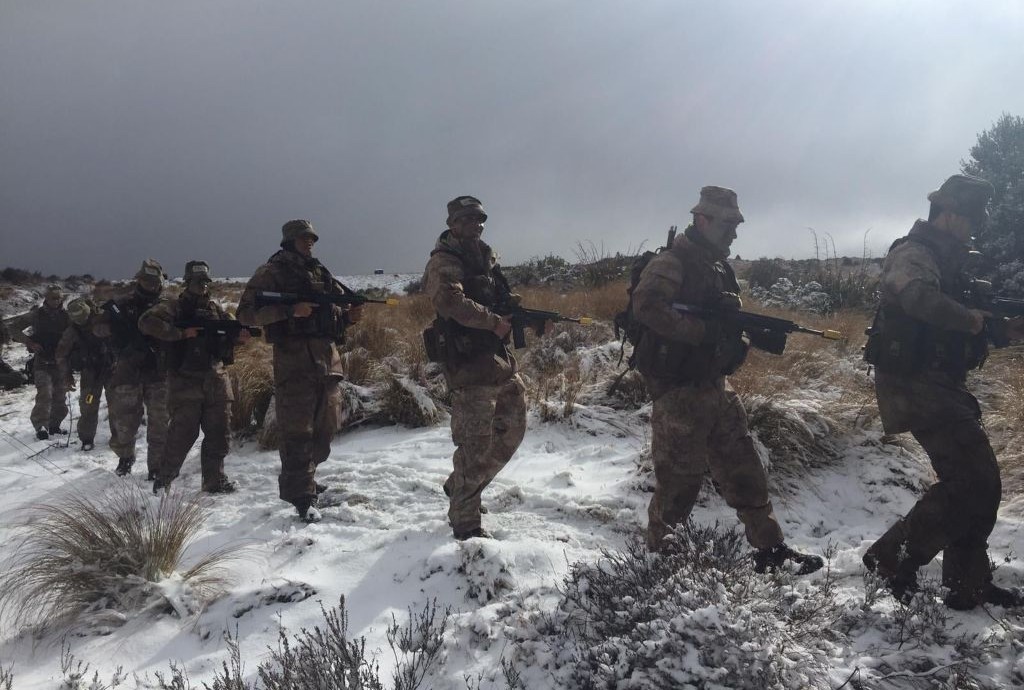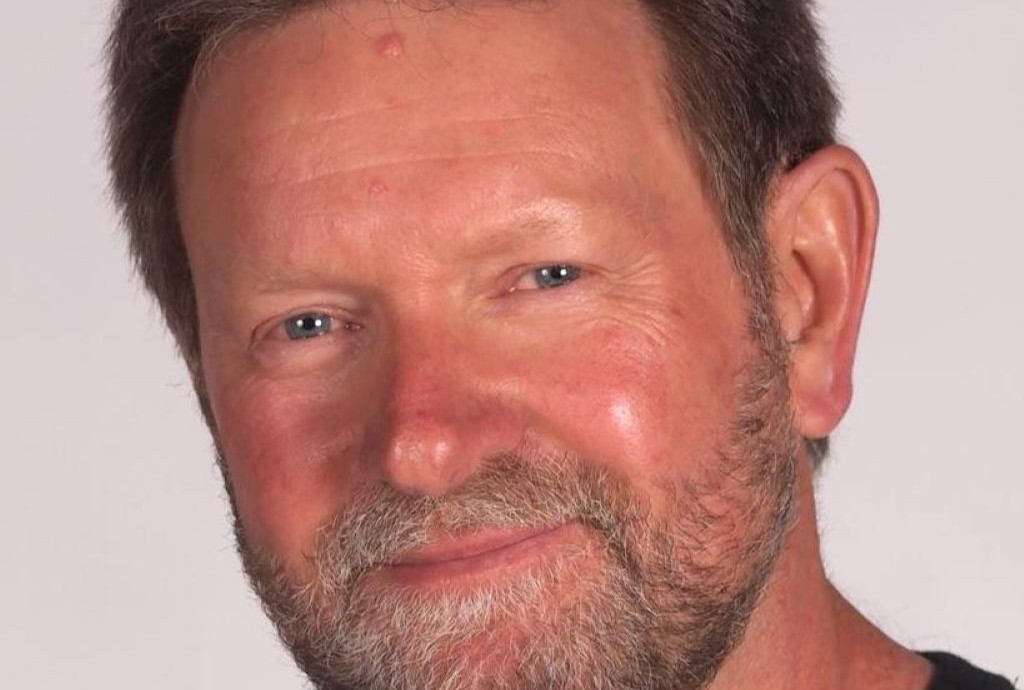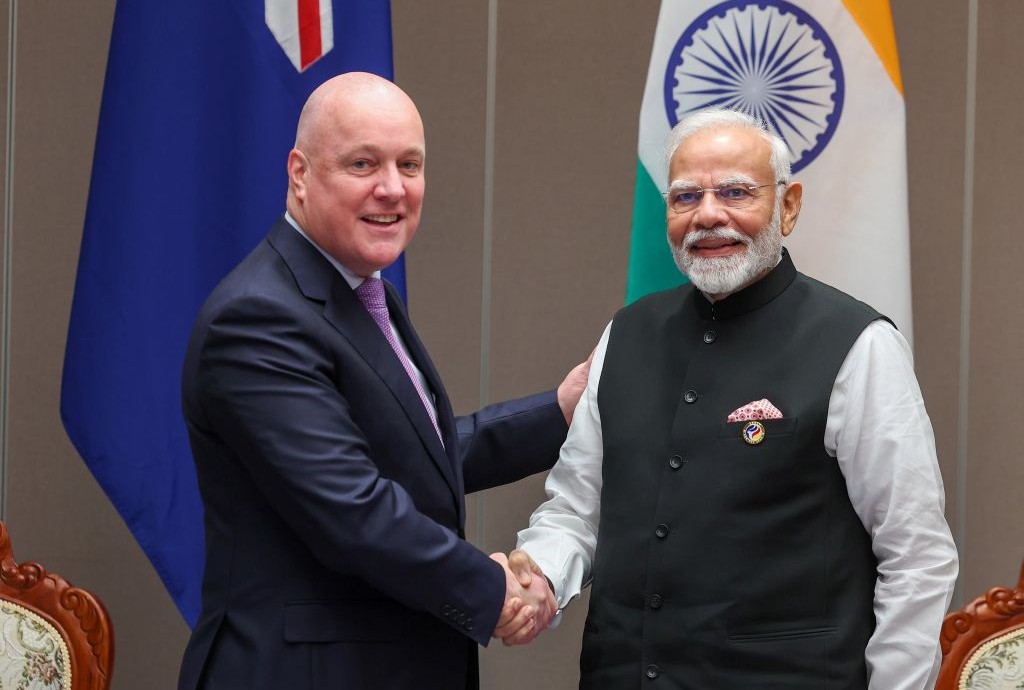2nd May 2021
A wanted poster has been put up with a reward of 50 Pyar for the capture of an alleged criminal. There are 100 Pyar to the Kyat and about 1,000 kyat to the NZ dollar.
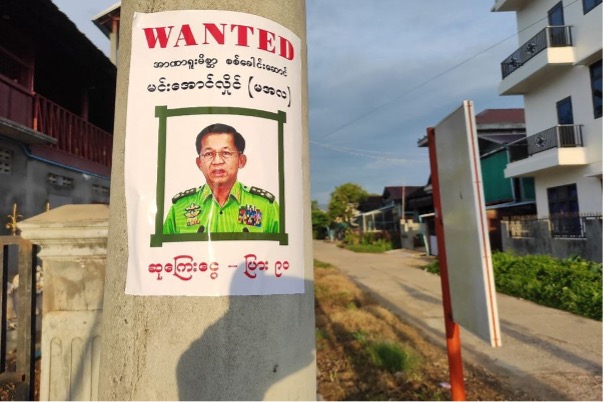
The wanted poster in the southern city of Dawei on May 1 offers the comically small sum of 50 Pyar for the capture of junta chief Senior General Min Aung Hlaing.
Resistance is slowing growing as the protesters have begun small explosions in major cities.
Explosions rocked Yangon on Saturday as protesters held flash marches for democracy, defying a junta that has brutally held onto power for three months.
The military’s power grab on February 1 triggered a massive uprising which security forces have tried to quell with lethal force and live ammunition.
As Myanmar entered its fourth month under military rule on Saturday, protesters in commercial hub Yangon staged flash demonstrations, marching rapidly through the streets to avoid confrontation with police and soldiers.
The lightning-quick pace of the protests is “so that people will have time to disappear when the security forces come, or else they would die or get arrested”, said student activist Min Han Htet.
In Yangon’s Insein Township, a bomb blast went off around 10 am near a local school, said a resident staying nearby.
“Some security forces came to check the blast area, but I only watched from a distance from my home because I was worried they would arrest me,” he told AFP.
By afternoon, two more blasts went off in Yankin Township, further south, according to local residents.
“I thought it was thunder,” a resident told AFP, adding that the explosions left the security forces nervous.
The state-run evening news said a woman was wounded in the Yankin blasts, which it blamed on “instigators”.
No one has yet claimed responsibility for the bombings that are taking place with increasing frequency in Yangon.
Outside of crackdowns by security forces in the major cities, conflict between the military and ethnic armed groups is escalating in borderland areas.
Several ethnic armed groups, such as the Karen National Union, have condemned the military and come out in support of the anti-junta movement, offering shelter to fleeing activists in the territory they control.
The KNU has seized and razed military posts and the junta has responded with repeated air strikes in Karen areas in northern Kayin State – the latest taking place right after midnight Saturday.
The targeted area is right next to Thailand’s northern Mae Hong Son province, and displaced residents have fled across the Thalwin (Salween) River, which demarcates the border.
“Myanmar soldiers used a fighter aircraft to launch an air strike operation, firing two rockets and artilleries” around 12:48 am, said a statement released by Mae Hong Son’s governor Sithichai Jindaluang.
Violence has also flared in Kachin State between the Kachin Independence Army and the military, which launched air strikes in Momauk Township on Friday.
Saturday saw fresh artillery shelling hit two small towns, according to a humanitarian worker, who said residents were fearful about the fighting getting closer.
Source the Frontier, Myanmar 2nd May 2021.
Sources have disclosed that the EAOs are seeking Stinger or similar anti-aircraft missiles to reduce the air superiority of the Tatmadaw. Most of the Myanmar airforce is configured to operate as ground attack, troop insertion and support activities. If the EAOs gain access to missiles, then that would seriously degrade the Tatmadaw’s ability to assert themselves and make it difficult for them to gain control over the conflict zones. (They haven’t managed to do so in 70 years, so I can’t see them doing it in the short term).
What the anti-Tatmadaw forces need strategically is the neutralisation of Myanmar’s air force. In tactical terms, this means the acquisition of anti-aircraft capabilities. If air power can be denied, ground forces will have a better chance to achieve at least a stalemate.
While all this is happening, ex generals and senior army personnel are growing concerned about the deterioration of the situation.
There are certain indications provided confidentially to Asia Times by military insiders that veterans of previous ruling juntas, namely the State Law and Order Restoration Council (SLORC) and State Peace and Development Council (SPDC), are growing wary of Min Aung Hlaing’s perceived as ineffective and polarizing actions and tactics.
Recent developments, including the attacks on military airbases, have opened a Pandora’s box of possibilities and scenarios that were largely unforeseen when the tanks rolled into the main city of Yangon three months ago and scores of elected MPs and other politicians were arrested and detained in the capital Naypyitaw.
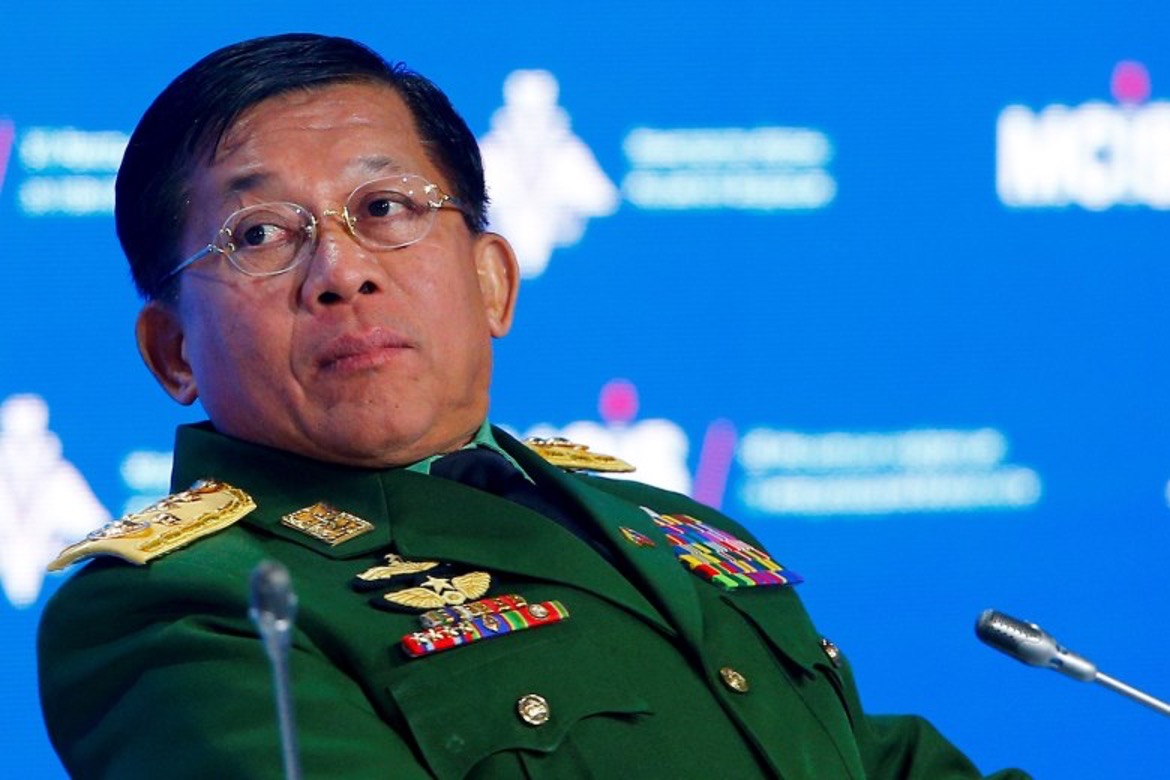
Those include a wider civil war in the nation’s central region heartland, including near the generals’ bunker-like capital at Naypyidaw. On April 29, unidentified militants fired rockets at air force bases in Magwe and Meiktila in central Myanmar.
Another explosion detonated at a Myanmar Army weapons storage facility near Bago city, about 70 kilometers north of Yangon. Those attacks came after intense fighting between the Myanmar military, known as Tatmadaw, and ethnic rebels from the Karen National Liberation Army (KNLA) on the border with Thailand.
There is still a chance that the Tatmadaw’s old guard could move to break the stalemate by pressuring or even trying to overthrow Min Aung Hlaing and his top deputies before the situation deteriorates further.
The SLORC and SPDC were likewise brutal outfits and no friends of democracy, but former junta chief and commander-in-chief Senior General Than Shwe did initiate liberal reforms that led to a more open society and vastly improved relations with the West and wider world before stepping aside in 2010.
Than Shwe is now in his late 80s and political analysts in Myanmar believe that the current chaos is hardly the kind of legacy he would want to leave behind. Whether the aging general has the wherewithal, influence, or inclination to try to rein in Min Aung Hlaing is unknown, but the anarchy unleashed by his coup is clearly not in the military establishment’s short or long-term interests.
Source Asia Times, 1st May 2021.

As can be seen from the picture above, the EAOs are not a rabble, and are well placed to exploit any divisions that may occur in the Tatmadaw.
Please share this article so that others can discover The BFD


